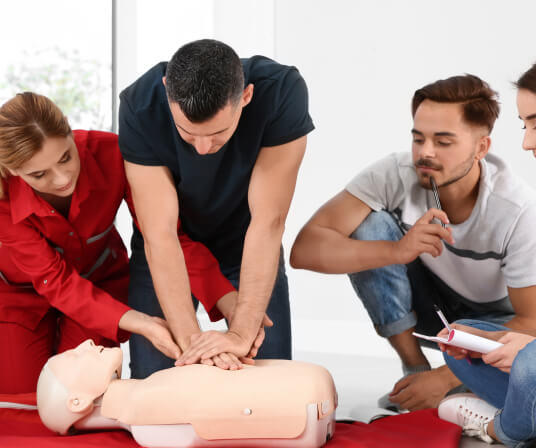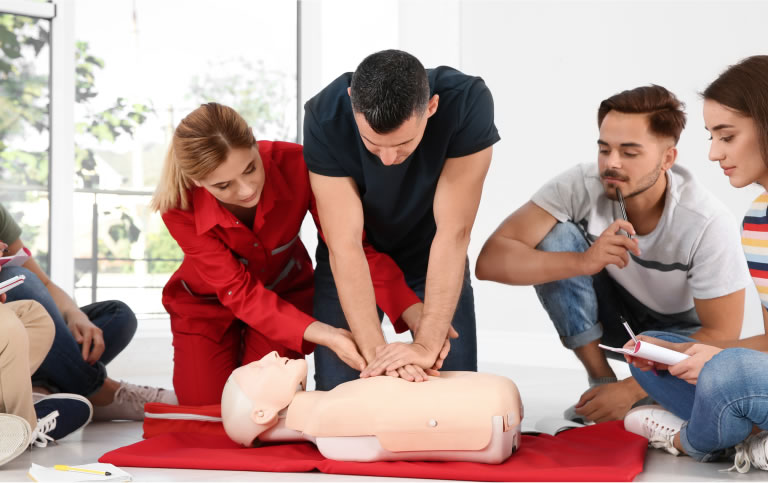Menu
Menu
CPR, First Aid, BLS, ACLS, PALS certifications.



$49.95 $59.85
| Chapters | CE Credits | Validity | Cost | Duration | ECC | Exam Attempts | Wallet Card |
|---|---|---|---|---|---|---|---|
| 31 | — | 2 Years | $49.95 | 2 Hrs | Compliant | Unlimited | Download/Print/Mail |
Wounds are an injury of the soft tissue (tissue in the body that is not bone). Wounds are generally classified as either a closed or open wound.

A closed wound is a wound on the skin’s surface that does not break the skin. A common closed wound is a bruise, which develops when the body is bumped or hit. A more serious closed wound may be caused by a violent force hitting the body. The person can severely damage tissues, blood vessels and muscles, leading to heavier internal bleeding.
An open wound causes a break in the skin. The wound can range from something minor like a scrape to a deeper, puncture of the skin. A minor open wound includes small cuts, scrapes and abrasions. Immediate medical attention may be required for major open wounds that are heavily bleeding (i.e., amputation).